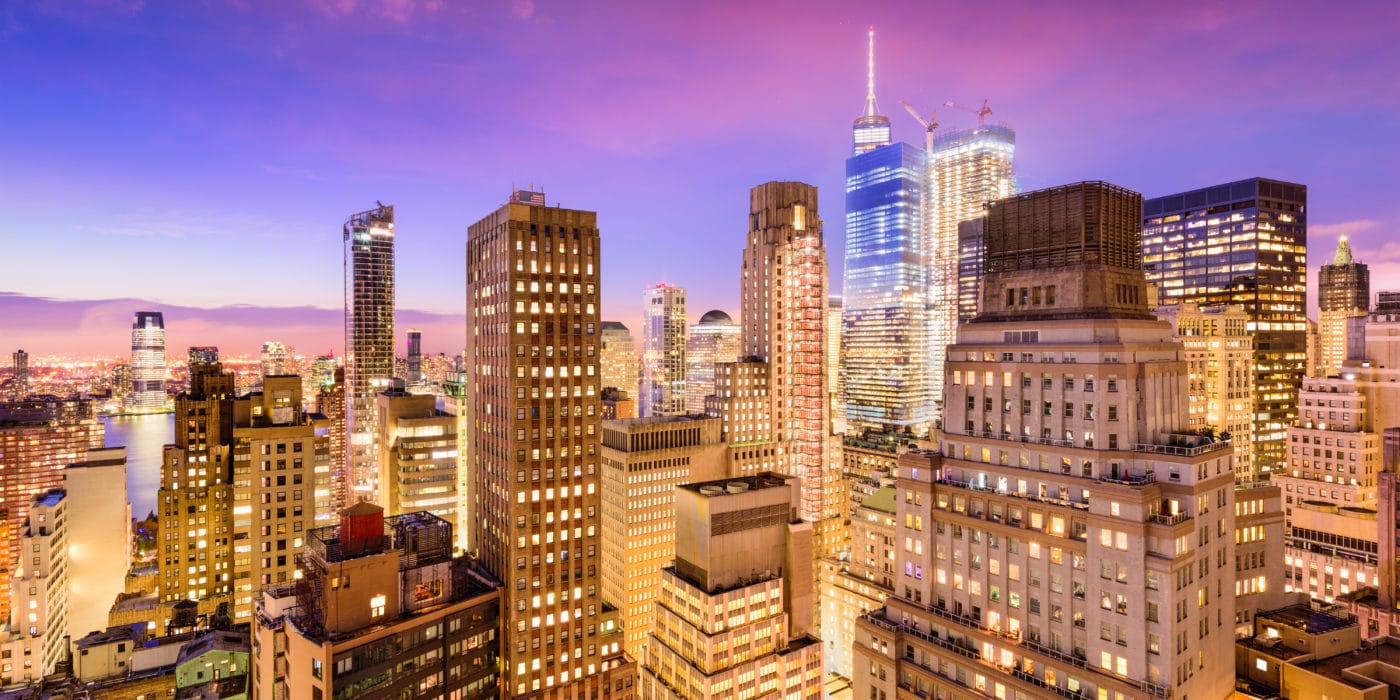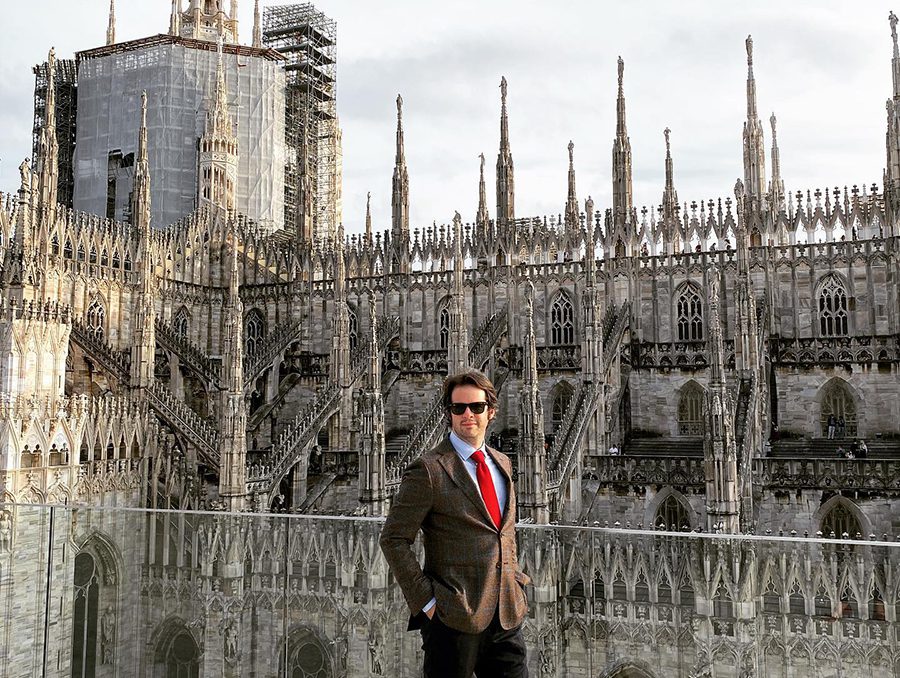Manhattan’s Ultra-Luxury Office Market Hits Historic Heights: A 2024 Analysis
Columbus International provides comprehensive real estate advisory services and market intelligence for premium commercial and residential properties across key U.S. and Italian markets. With offices in New York, Miami, Milan, and Florence, the firm specializes in connecting sophisticated investors with premium real estate opportunities while offering detailed market insights and family office services.
Manhattan’s ultra-luxury office market has shattered records in 2024, marking a decisive shift in commercial real estate dynamics that signals robust confidence in premium office spaces. According to exclusive data from JLL, an unprecedented 28 new leases crossed the $200 per square foot threshold, while 212 deals were sealed at $100+ per square foot—establishing new benchmarks in the luxury office sector.
The $200 Club: A New Standard in Premium Real Estate
“The evolution of Manhattan’s premium office market represents a fundamental shift in how corporations value their physical presence,” says Marco Vittori, Head of U.S. Operations at Columbus International, a boutique real estate advisory firm with offices in New York, Miami, Milan, and Florence. “What we’re witnessing isn’t just a recovery—it’s a complete recalibration of the market’s upper echelon.”
The numbers support this assessment. The year saw nearly 600,000 square feet of office space leased at $200+ per square foot, while the broader premium market ($100+ per square foot) reached an astronomical 9.8 million square feet—dramatically surpassing the previous record of 8.8 million square feet set in 2019.
Financial Services Lead the Charge
Wall Street’s resurgence has been particularly noteworthy, with financial services claiming 12.2 million square feet—representing 40% of all 2024 deals and a commanding 64% of premium leases. Notable transactions include:
- McDermott, Will & Emery’s record-setting lease at One Vanderbilt ($280 per square foot)
- Tikehau Capital and Platinum Equity at 9 West 57th Street
- Patient Square Capital at the GM Building
- Blackstone’s massive 1.06 million square foot commitment at 345 Park Avenue
Geographic Distribution and Property Performance
Park Avenue emerged as the epicenter of premium leasing activity, hosting 52 top-dollar deals and four of the ten largest leases by size. The iconic Seagram Building demonstrated particular strength with 12 premium deals, including nine above the $200 threshold.
Market Implications and Future Outlook
“While overall Manhattan availability remains around 18%, the ultra-luxury segment operates in its own microclimate,” notes Isabella Romano, Columbus International’s Head of Investment Strategy. “This bifurcation creates unique opportunities for both domestic and international investors looking to position themselves in the market’s most resilient sector.”
The trend reflects a broader flight to quality, with companies prioritizing premium spaces that can attract talent and epitomize corporate success. This phenomenon has particular relevance for international investors seeking stable, high-performing assets in key global markets.
Investment Considerations
For investors eyeing Manhattan’s premium office market, several factors merit attention:
- Supply constraints in trophy properties are intensifying, potentially driving further rent appreciation
- Financial sector expansion continues to fuel demand for premium space
- The work-from-home trend has minimal impact on ultra-luxury properties
- Location premium remains crucial, with Park Avenue and similar corridors commanding significant advantages
As Manhattan’s office market continues its recovery, the ultra-luxury segment’s performance suggests enduring strength in this crucial global real estate market. For international investors seeking exposure to U.S. commercial real estate, this sector’s resilience offers compelling opportunities, particularly when navigated with expert local knowledge and market intelligence.
Columbus International provides comprehensive real estate advisory services and market intelligence for premium commercial and residential properties across key U.S. and Italian markets. With offices in New York, Miami, Milan, and Florence, the firm specializes in connecting sophisticated investors with premium real estate opportunities while offering detailed market insights and family office services.
Main source: New York Post








